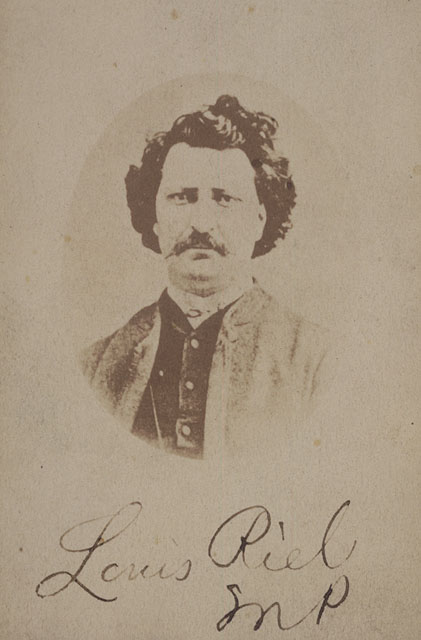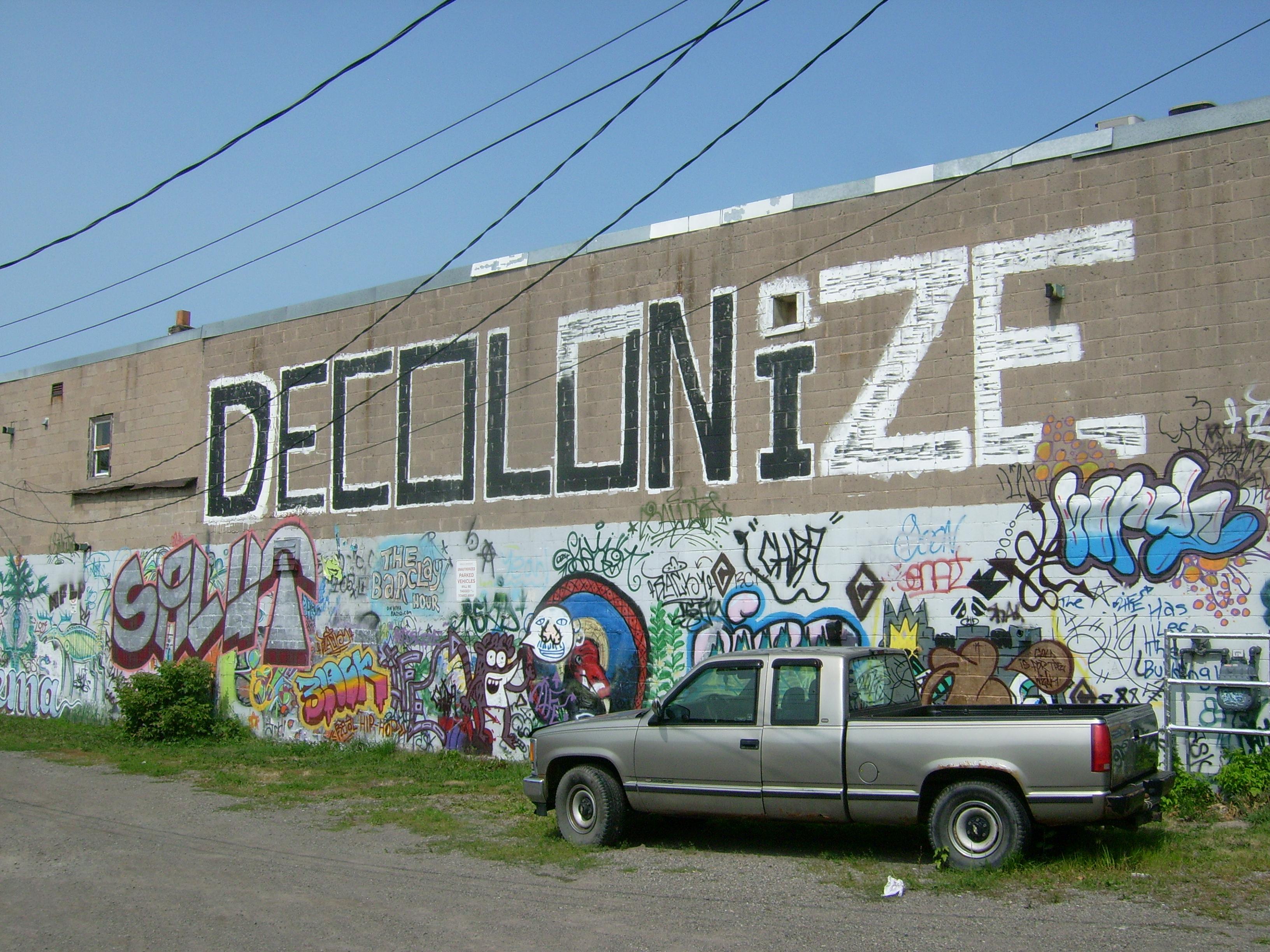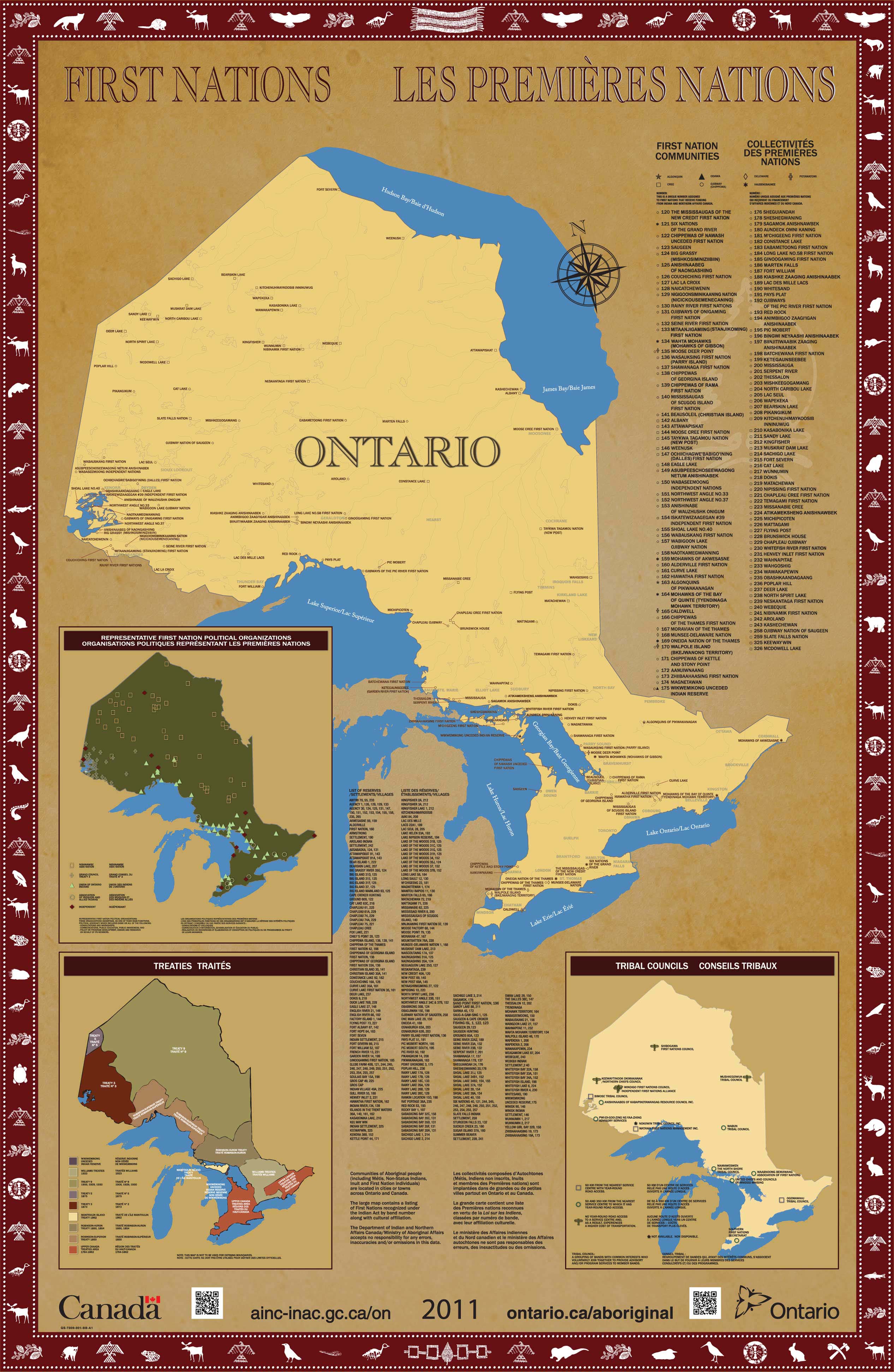Session 1: Diversity and Northern Aboriginal Peoples’
Introduction
Government map showing Aboriginal communities in Ontario
Credit: Government of Canada (©)
Welcome to Session 1: Diversity and northern Aboriginal Peoples’.
This session will cover the diverse social, geographical and cultural variation that exists within and among each of the Aboriginal community and Tribal areas in northern Ontario. This session also includes opportunities for self-reflection to clarify your own personal cultural-identity in relation to Aboriginal Peoples’. Learning about this will help you to understand the vast diversity of northern Ontario Aboriginal Peoples’ as well as your own personal assumptions, biases, values and beliefs. Exploring these topics will inform and strengthen your relationships with Aboriginal Peoples’ in northern Ontario.
Intended Learning Outcomes
- Outline perceptions of inclusion and diversity
Elements of Performance- Clarify and reflect on aspects of personal cultural self-identity
- Review demographics, social, geographical, linguistic and cultural profiles of northern Ontario urban, road access northern Ontario rural and northern Ontario remote, and fly-in remote
- Identify the diverse range of Indigenous and non-Indigenous healing and wellness practices in northern urban, rural and remote First Nation, Inuit and Métis communities
- Appreciate the contributions made by northern First Nations, Métis and Inuit Peoples’
- Analyze stereotypes, prejudice and racism relative to northern Aboriginal Peoples’
Elements of Performance- Define the Constitutional recognition of Aboriginal Peoples’
- Review of the Canadian Charter of Rights and Freedoms
- Illustrate the concepts of prejudice, stereotyping and racism and their influence on health
- Understand the meaning of privilege
Self-Assessment and Goal Setting
 Photo credit: Library & Archives Canada (CC BY 2.0)
Photo credit: Library & Archives Canada (CC BY 2.0)
This is a short reflective activity that can be shared as part of the Sharing Circle blog/asynchronous discussion forum that will be held during this session.
Spend a few minutes reflecting and defining your own cultural self-identity. What is your cultural self-identity? What groups do you most identify with?
Why would it be important to do this as you learn about Aboriginal Peoples’?
Other things to think about: What do you know about northern Ontario’s Aboriginal Peoples’? Do you know who Louis Riel is? Do you know how many distinct Aboriginal groups live in Ontario? What are the predominant Aboriginal languages spoken in Ontario?
Use this Note to Self worksheet to keep notes as you work through the material. This worksheet will be really helpful during the Sharing Circle discussion. Make sure you keep track of the questions you may have about the material as there will be opportunities for sharing during the Sharing Circle.
Reading Room
 Mural in Sault Ste. Marie
Mural in Sault Ste. Marie
Photo credit: Fungus Guy (CC BY-SA 4.0)
1. Health Inequalities and Social Determinants of Aboriginal Peoples' Health1
2. First Peoples’ Second Class Treatment2
3. Challenging Hidden Assumptions: Report on Colonial Norms as Determinants of Aboriginal Health3
4. Non-insured Health Benefits General Information4
5. Northern Aboriginal communities map5
6. Carr, P. R., & Lund, D. E. The Unspoken Colour of Diversity: Whiteness, privilege, and critical engagement in education.6
- Note: requires you to enter your email address to download.
Web-quest
Enter the following terms in your preferred search engine:
“Aboriginal Health Access Centre profiles”
“The Canadian Constitution”
- search out the specific quote concerning Aboriginal inclusion
“The Charter of Rights and Freedoms”
“The Indian Act”
What results are returned? Do you need to refine or amend your search to find information more directly related to the session learning outcomes? Which resources will you use to help you meet the session learning outcomes, and why?
Media resources
7. Common Stereotypes7 (1.44 minutes)
- The host of the 8th Fire series, Wab Kinew, takes us through common stereotypes about Aboriginal peoples in Canada in this humourous monologue. He challenges all Canadians to rethink stereotypes.
8. Definition of Metis8 (4 minutes)
- Winnipeg-based filmmaker, Janelle Wookey explains the definition of a Métis
9. Rethinking the relationship9 (Wab Kinew, 13 minutes)
- Now is the time to rethink the relationship between Aboriginal and non-Aboriginal Peoples’ in Canada. Wab talks about the young generation and the new ideas and energy they bring to the table.
10. Racism against aboriginal people in health-care system 'pervasive'10 (the National, 2:15 minutes)
11. Our Canada: Are We Racist?11 (19:28 minutes)
12. Chiefs of Ontario12
13. Shareable Facts: The Indian Act explained13 (Sun News, 1:45 minutes)
14. Breaking down the Indian Act14 (Russell Diabo, 35:03 minutes)
Learning Activities
Facilitated Sharing Circle
Note to Self! Take some time to reflect on what you have learned in this module. What are your thoughts and feelings about what you learned and how does it apply to your role as a health advocate and your future practice whether located in a tertiary care metropolitan city or small community? Use the Note to Self worksheet to take notes throughout the module and use this as a guide to prepare for the facilitated Sharing Circle (if you haven't downloaded it already).
Sneak Peek
In Session 2, we’ll examine the influences of colonialism on northern Aboriginal rural, remote and urban Aboriginal populations.
References
1 Reading, C. & Wien, F. (2013). Health inequalities and social determinants of Aboriginal Peoples’ Health. National Collaborating Centre for Aboriginal Health. Accessed from http://www.nccah-ccnsa.ca/Publications/Lists/Publications/Attachments/46/health_inequalities_EN_web.pdf
2 Allan, B. & Smylie, J. (2015). First Peoples, second class treatment: The role of racism in the health and well-being of Indigenous peoples in Canada. Toronto, ON: the Wellesley Institute.
3 Nelson, S. (2012). Challenging hidden assumptions: colonial norms as determinants of Aboriginal mental health. National Collaborating Centre for Aboriginal Health.
4 Health Canada (2007). The non-insured health benefits (NIHB) program: general information, questions and answers. Accessed from http://www.hc-sc.gc.ca/fniah-spnia/nihb-ssna/benefit-prestation/gener-qa-qr-eng.php
5 Indigenous and Northern Affairs Canada. (1991). Ontario First Nations Map. Accessed from http://www.aadnc-aandc.gc.ca/eng/1100100020331/1100100020335
6 Carr, P. R., & Lund, D. E. (2009). The Unspoken Colour of Diversity: Whiteness, privilege, and critical engagement in education. In S. Steinberg, (Ed.), Diversity and multiculturalism: A reader (pp. 45 – 55. New York, NY: Peter Lang. ISBN 9781433103452
7 Kinew, W. (2012). Soap Box: Wab Kinew on First Nations stereotypes. Accessed from http://www.cbc.ca/strombo/canada/soap-box-wab-kinew-on-first-nations-stereotypes.html
8 Wookey, J. (2012). Aboriginal 101: What is a Métis? Accessed from http://www.cbc.ca/8thfire/2012/01/what-is-a-metis.html
9 Kinew, W. (2012). Aboriginal 101: Wab on rethinking the relationship. Accessed from http://www.cbc.ca/8thfire/2012/01/wab-on-rethinking-the-relationship.html
10 The National. (2015). Racism against aboriginal people in health-care system “pervasive”: study. Accessed from https://www.youtube.com/watch?v=IXr-Cfj3EPM
11 The National. (2014). Our Canada: Are we racist? Accessed from https://www.youtube.com/watch?v=8ET8KyiY_Nc
12 Chiefs of Ontario. (n.d.). Chiefs of Ontario News. Accessed from http://www.chiefs-of-ontario.org/
13 Sun News Network. (2013). Shareable Facts: The Indian Act explained. Accessed from https://www.youtube.com/watch?v=BnfITZOIaO4
14 Diabo, R. (2013). Breaking down the Indian Act with Russell Diabo. Accessed from https://www.youtube.com/watch?v=ECi_7G0QAgw
